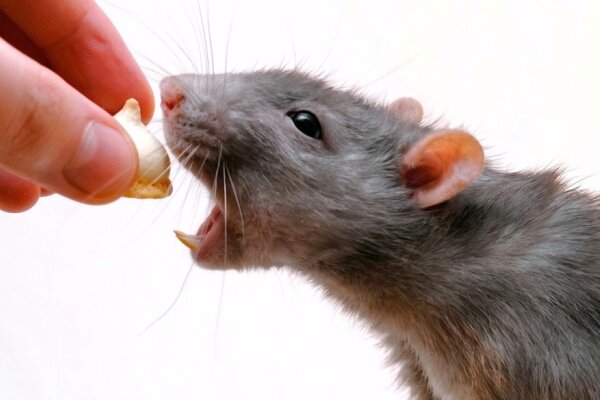2017-01-05

The 5-HT1A/1B-receptor agonist eltoprazine is effective in treating impulsivity disorders, most likely by increasing norepinephrine (NE) and dopamine (DA) levels in the prefrontal cortex. But how eltoprazine affects monoamine release in the medial prefrontal cortex (mPFC), the orbitofrontal cortex (OFC), and the NAc is unknown. It is also unknown whether eltoprazine affects different forms of impulsivity and brain reward mechanisms. Therefore, behavioral pharmacologists and biopsychologists from Utrecht and Bochum investigated the effects of eltoprazine in rats with respect to the activity of the monoaminergic system, the motivation for reward, “waiting” impulsivity in the delay-aversion task, and the “stopping” impulsivity in the stop-signal task. The results clearly showed that eltoprazine increased DA and NE release in both the mPFC and OFC, but only increased DA concentration in the NAc. In contrast, eltoprazine decreased 5-HT release in the mPFC and NAc. Remarkably, eltoprazine decreased impulsive choice, but increased impulsive action. These results further support the long-standing hypothesis that “waiting” and “stopping” impulsivity are regulated by distinct neural circuits, because 5-HT1A/1B-receptor activation decreases impulsive choice, but increases impulsive action.

The 5-HT1A/1B-receptor agonist eltoprazine is effective in treating impulsivity disorders, most likely by increasing norepinephrine (NE) and dopamine (DA) levels in the prefrontal cortex. But how eltoprazine affects monoamine release in the medial prefrontal cortex (mPFC), the orbitofrontal cortex (OFC), and the NAc is unknown. It is also unknown whether eltoprazine affects different forms of impulsivity and brain reward mechanisms. Therefore, behavioral pharmacologists and biopsychologists from Utrecht and Bochum investigated the effects of eltoprazine in rats with respect to the activity of the monoaminergic system, the motivation for reward, “waiting” impulsivity in the delay-aversion task, and the “stopping” impulsivity in the stop-signal task. The results clearly showed that eltoprazine increased DA and NE release in both the mPFC and OFC, but only increased DA concentration in the NAc. In contrast, eltoprazine decreased 5-HT release in the mPFC and NAc. Remarkably, eltoprazine decreased impulsive choice, but increased impulsive action. These results further support the long-standing hypothesis that “waiting” and “stopping” impulsivity are regulated by distinct neural circuits, because 5-HT1A/1B-receptor activation decreases impulsive choice, but increases impulsive action.